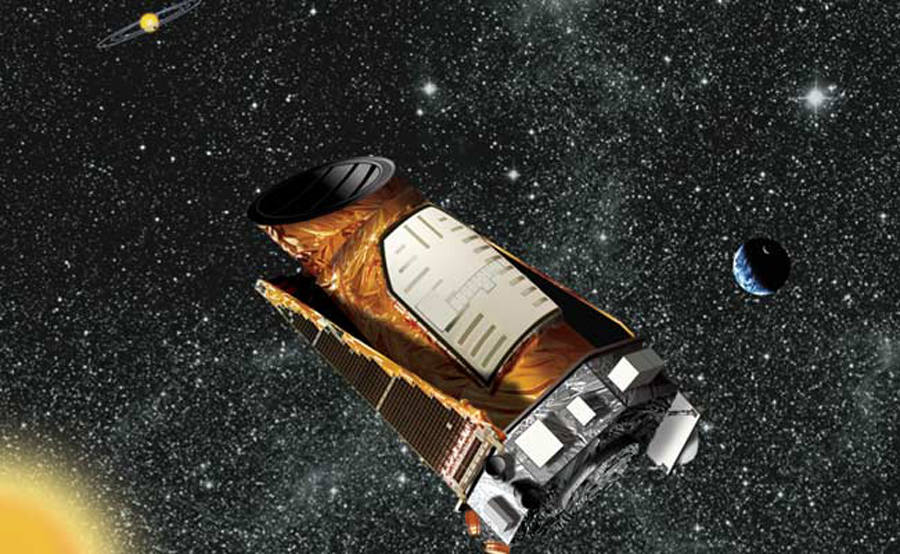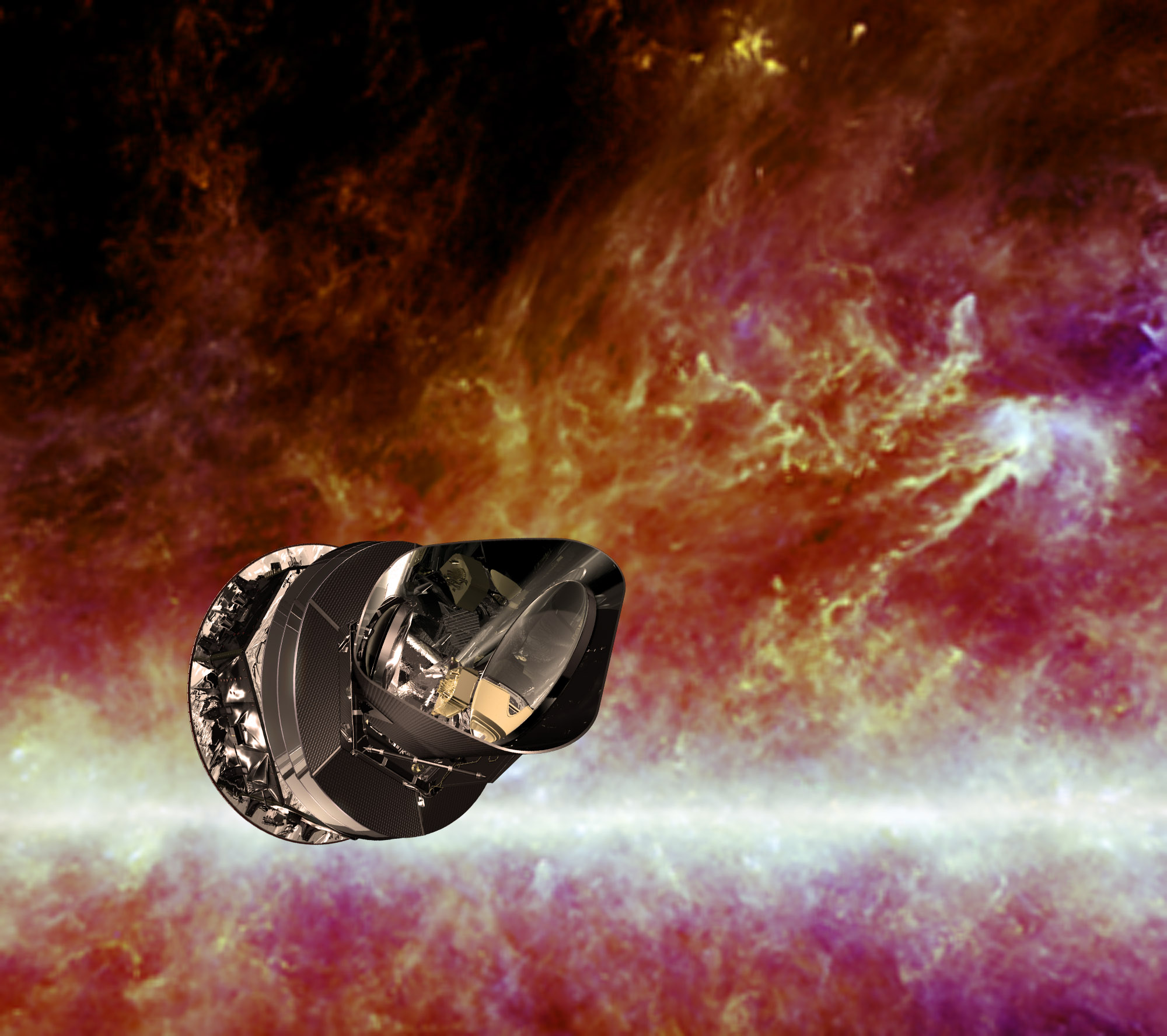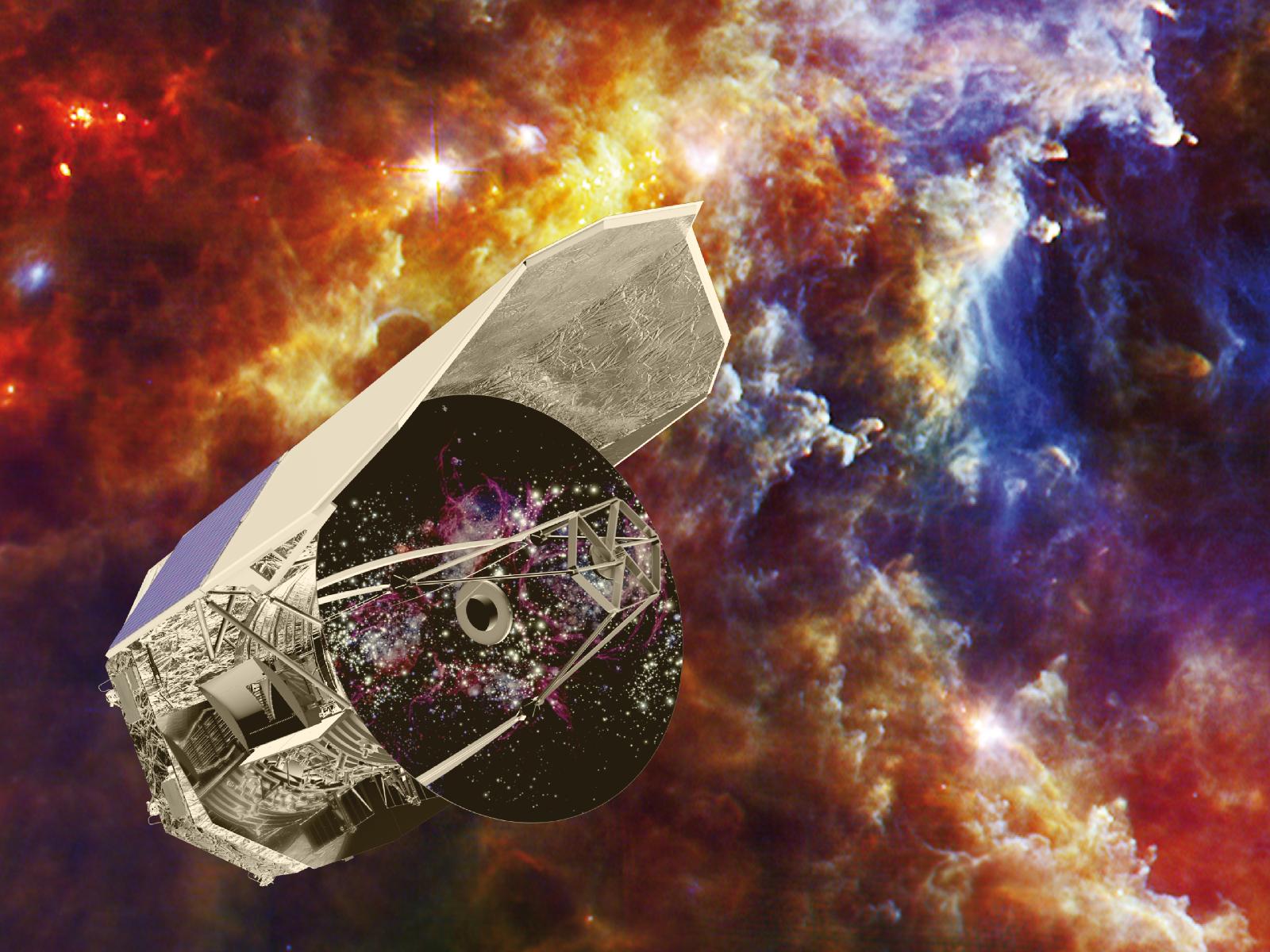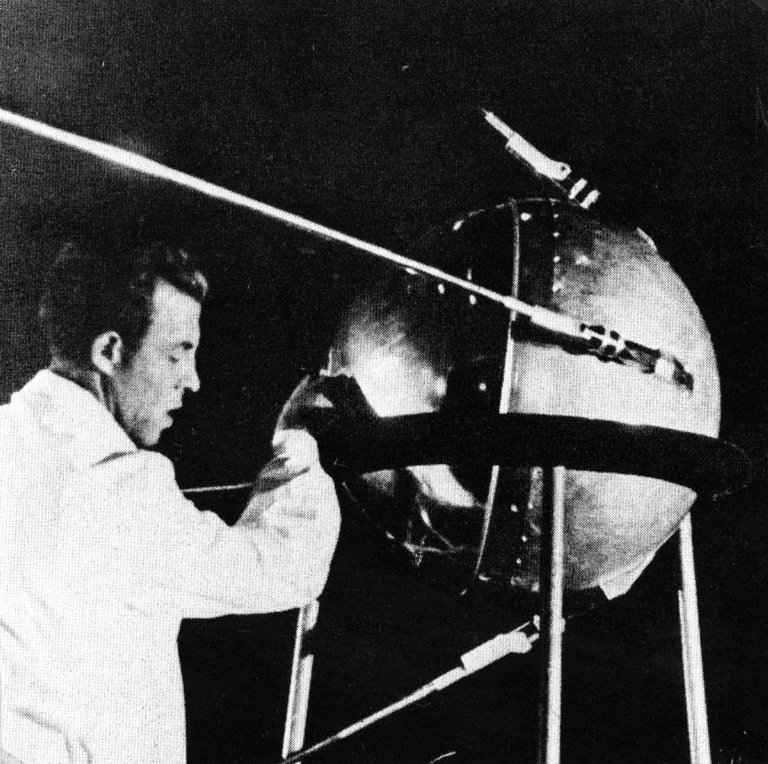In Memoriam: The Spacecraft We Loved and Lost in 2013

This year, space agencies around the world launched exciting new robotic missions that are shining light on the far reaches of the universe. But what about the spacecraft that we lost?
In 2013, some probes never made it into orbit, while others completed their full missions before quietly turning off. Still more had their time working in space cut short. No matter the cause of death, we at SPACE.com wish to honor the spacecraft that met their end this year.
From NASA-funded missions to a China-Brazil collaboration, here is our list of some of the spacecraft we loved and lost in 2013. [6 Biggest Spacecraft to Fall Uncontrolled from Space]
Kepler spacecraft
NASA's planet-hunting Kepler spacecraft suffered a major failure this year when the second of its four reaction wheels — devices that keep the craft properly positioned in space — malfunctioned. With two reaction wheels down, it's not possible to point the $600 million observatory with the precision necessary to conduct its original mission.
All hope is not lost for Kepler, however. Engineers with the mission and Ball Aerospace have come up with a scheme to allow Kepler to hunt for planets once again by minimizing the spacecraft's drift in its orbit around the sun. NASA is currently vetting this proposed new mission, which is called K2, and a decision is expected in the middle of next year.
The spacecraft launched in 2009 on a 3.5-year primary mission to determine how common Earth-like planets are across the galaxy. Since that time, Kepler has spotted more than 3,500 planet candidates, the vast majority of which will eventually be confirmed by follow-up observations. [Kepler's 7 Greatest Alien Planet Discoveries So Far]
Get the Space.com Newsletter
Breaking space news, the latest updates on rocket launches, skywatching events and more!
Planck space observatory

After more than four years in space, the European Space Agency's Planck observatory ended its mission this year. ESA officials sent the prolific spacecraft its last command in October, bringing its relatively long life in space to a close as planned.
The telescope — called a "cosmic time machine" by ESA officials — scanned the universe for cosmic microwave background radiation, the oldest light in the universe.
Launched in 2009, the 700 million euro (approximately $962 million) Planck mission is responsible for delivering the most comprehensive map of background radiation ever put together.
Planck's observations also helped cosmologists refine their estimate of the age of the universe, pushing it back 100 million years, to 13.82 billion years old.
Herschel space observatory
Another European telescope shut its eye on the universe this year after a long life. Also launched in 2009, the Herschel space observatory depleted its supply of cryogenic helium (used to keep its science instruments cool) in April, with its mission coming to an end in June.
"It's like saying goodbye to a friend," Micha Schmidt, ESA's operations manager for Herschel, said in June. The mission was scheduled to run for 3.5 years, but it continued for four years.
The $1.4 billion Herschel telescope is credited with discovering huge supplies of water vapor in the disks of dust and gas around infant stars. Scientists think that vapor could be responsible for seeding oceans on planets like Earth.

Three navigation satellites lost during launch
An unmanned Russian Proton rocket crashed shortly after its launch in July, destroying three navigation satellites worth almost $200 million. The three satellites were going to be part of the GLONASS navigation network — the Russian counterpart to the United States' GPS system.
This isn't the first time GLONASS satellites were lost due to a Proton rocket mishap. Three other satellites were destroyed in 2010 when another Proton rocket failed during liftoff.
The Proton-rocket crash is the fifth major launch failure for this kind of rocket since December 2010. In 2012, the vehicle boosted a telecommunications satellite into the wrong orbit.
GOCE Satellite
Europe's 1-ton GOCE (Gravity field and steady-state Ocean Circulation Explorer) satellite fell through Earth's atmosphere in early November when, as expected, it ran out of fuel after its four-year mission.
Before GOCE's fiery demise, the $467.8 million satellite mapped Earth's gravitational field and the planet's oceans in unprecedented detail.
GOCE's death plunge through the atmosphere brought it over the western Pacific Ocean, Siberia, the eastern Indian Ocean and Antarctica, and no damage was reported in any of the areas. Pieces of the satellite disintegrated as they came through the atmosphere, according to ESA officials.

CBERS 3
The CBERS 3 spacecraft was lost when a Chinese rocket failed to insert the Earth-observing satellite into its proper orbit in December. The $250 million satellite, paid for by Brazil and China, was lost when the Long March 4B rocket malfunctioned during its flight.
Four China-Brazil Earth Resources Satellites have been launched since 1999. CBERS 3's three predecessors are not functioning, so the newest satellite was expected to help Brazilian officials monitor deforestation and wildfires in the Amazon.
China and Brazil are planning to launch the next satellite, CBERS 4, in 2015.
Deep Impact
Launched in 2005, NASA's Deep Impact probe led a wild life in space. The spacecraft purposefully crashed an impactor into a comet and flew by another during its adventures through the solar system.
The space agency officially declared Deep Impact dead on Sept. 20, six weeks after ground controllers received the last communication from the spacecraft.
"Despite this unexpected final curtain call, Deep Impact already achieved much more than ever was envisioned," said Lindley Johnson, the Discovery Program executive at NASA headquarters and the longtime program executive for the spacecraft's mission. "Deep Impact has completely overturned what we thought we knew about comets and also provided a treasure trove of additional planetary science that will be the source data of research for years to come."
Before its death, Deep Impact also managed to snap some photos of the now-deceased Comet ISON, an icy wanderer that didn't survive its close brush with the sun in late November.
Follow Miriam Kramer @mirikramer and Google+. Follow us @Spacedotcom, Facebook and Google+. Original article on SPACE.com.
Join our Space Forums to keep talking space on the latest missions, night sky and more! And if you have a news tip, correction or comment, let us know at: community@space.com.

Miriam Kramer joined Space.com as a Staff Writer in December 2012. Since then, she has floated in weightlessness on a zero-gravity flight, felt the pull of 4-Gs in a trainer aircraft and watched rockets soar into space from Florida and Virginia. She also served as Space.com's lead space entertainment reporter, and enjoys all aspects of space news, astronomy and commercial spaceflight. Miriam has also presented space stories during live interviews with Fox News and other TV and radio outlets. She originally hails from Knoxville, Tennessee where she and her family would take trips to dark spots on the outskirts of town to watch meteor showers every year. She loves to travel and one day hopes to see the northern lights in person. Miriam is currently a space reporter with Axios, writing the Axios Space newsletter. You can follow Miriam on Twitter.









